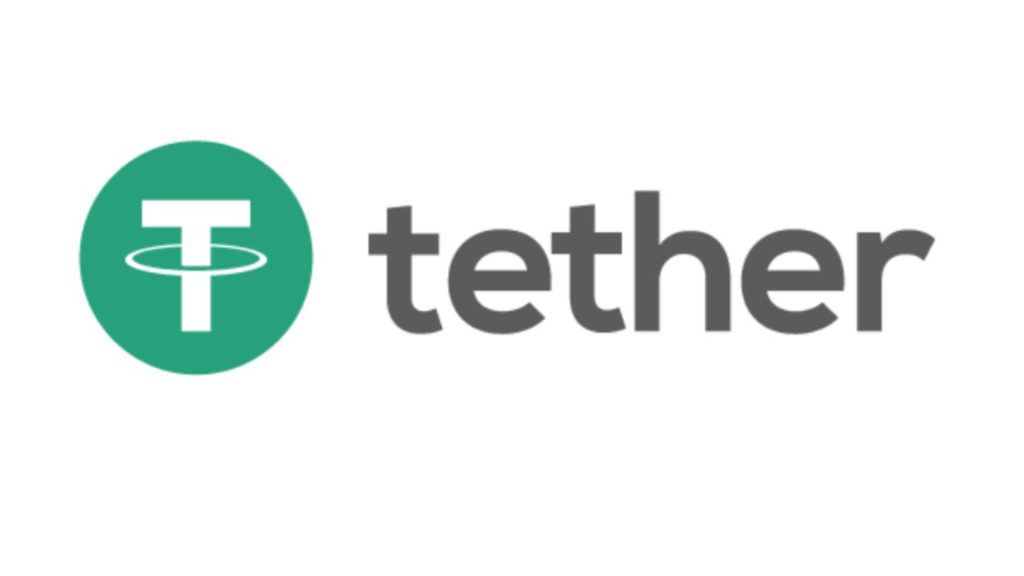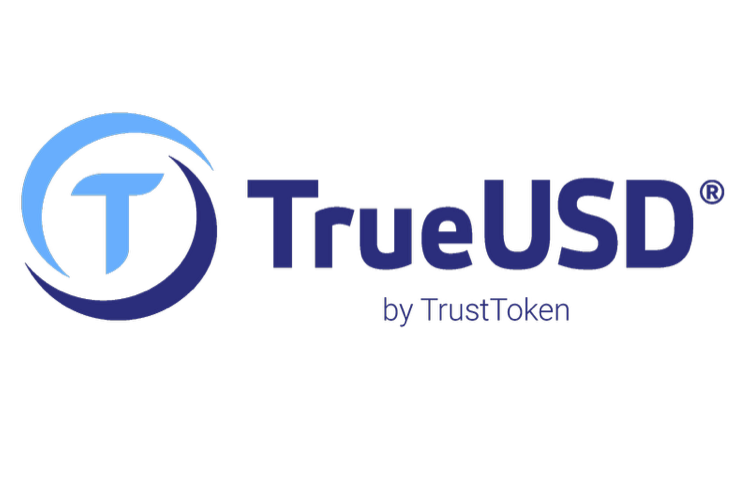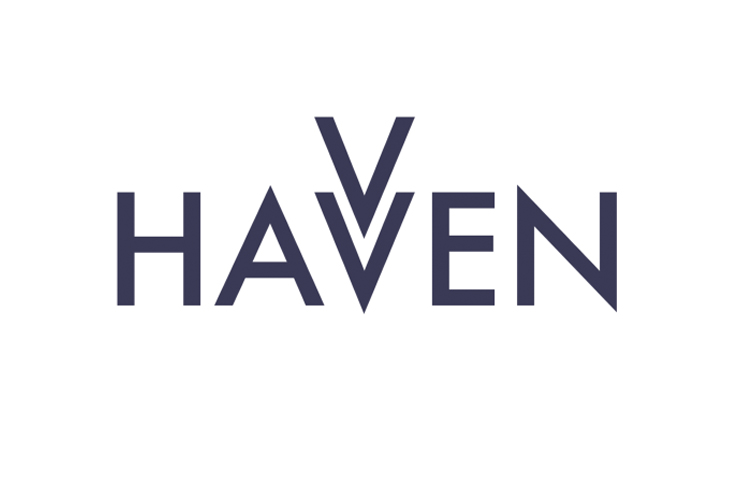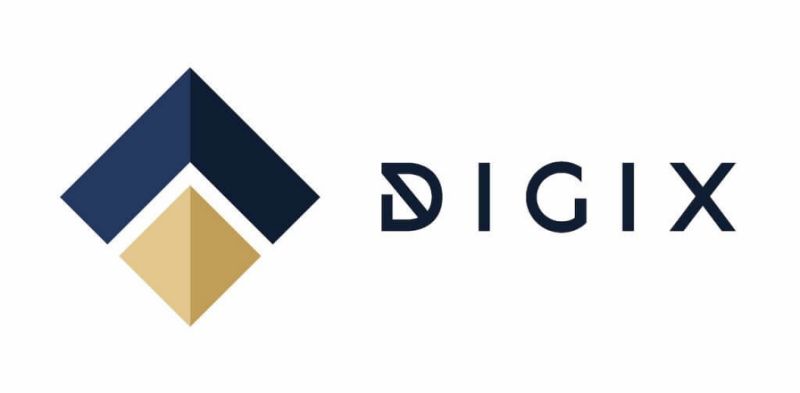
Cryptocurrencies are frequently criticized for being volatile by many traditional traders, bankers, and media pundits. Many still tout gold as the only stable store-of-value alternative against the dollar. When considering the comparison between gold and cryptocurrencies, Vice Chairman of Berkshire Hathaway Charlie Munger views it simply. Man cannot make more gold, but he can make more Bitcoin.
Despite this misunderstanding, however, not all cryptocurrencies lack stability. Some are tied to real world assets like gold or the dollar. These cryptocurrencies are often named stablecoins due to their relative stability versus coins like Bitcoin or Ethereum.
Although, stablecoins may seem redundant at first. Their implementation allows for such innovations as a more private store and transfer of wealth, units of stable worth on decentralized exchanges,
Some stablecoins pit their value against cryptocurrencies that users have put up for collateral. Other stablecoins have a large amount of fiat capital that guarantees their value. A distinct minority relies on distinct methods that involve minting and recollection contracts.
This list will include all three such currencies. Since stablecoins are constantly being revamped, It is difficult to ascertain the best coin through the best method of minting. These coins were considered on the basis of whether or not they are decentralized (methodology), use or transferability, and legacy.
While the best stablecoin is likely to change throughout the years, it is very evident that stablecoins are here to stay in order to innovate our use of tokens.
5. Tether (USDT EURT)
Tether functions using what is known as the Omni Layer Protocol. This is software that acts over the Bitcoin Blockchain allowing users to implement like tokens.

As mentioned prior, Tether offers an easily maneuverable wallet with a palatable interface. Tether is also the basis of many exchanges transferring value to something like the USD without having to handle the physical currency, itself.
Tether represents a centralized solution of pegging a cryptocurrency to the dollar. And it does dole out USD for USDT. However, Tether Limited is compliant with know your customer laws and anti money laundering.
This technology allows for Tether to be used in cryptocurrency to cryptocurrency exchanges without the legal hassle of know your customer laws or licensing issues.
Tether is a company that has offered the use of stablecoins as far back as 2014. It guarantees its worth by having a central storage of USD. As of now, Tether claims to have just over two billion USD in reserve.
Although Tether has a long track record, it is involved with a number of controversies.Some came in the late quarters of 2017 when Tether claimed it was hacked with a substantial loss. Thus individual wallet processing was halted. This caused a stir in the community well into December. Even when wallet functionality was reimplemented.
In the meantime, Tether looked to answer the question as to whether its account records were justified. Rumors continued when Tether declared that it was no longer under external audit in January 2018.
Despite these controversies, Tether has remained stable. Admittedly, Tether has made the list out of its dogged clench on the market. Despite a rough quarter back in early 2018, Tether has held on to its place in market cap and relatively maintained its worth throughout time.
Despite a trader’s individual reservations on Tether. Tether is often treated as a short to midterm trading solution on cryptocurrency to cryptocurrency exchanges.
4. True USD
True USD (TUSD) is a recent project that is just implemented, but if it is successful in its field it will offer a transparent and effective alternative to USD in the cryptocurrency realm. It is brought to us by a team with members from UC Berkley, Stanford, Google, and Palantir.

TUSD also has numerous partnerships with a couple being Stanford University and Cooley. TUSD prides itself on being the first legal coin pegged to the USD.
True USD is the result of learning from the Tether protocol and improving upon it. True USD maintains a balance of dollars in escrow as you use TUSD in trades. TUSD is redeemable for USD after a user is compliant with the company’s mandatory know your customer laws.
Despite the advantages of having a transparent company guarantee TUSD to USD. The entire protocol still has a sense of the man in the middle syndrome. Users are required to input know your customer data. And they must also trust that no foul play will happen with TUSD supply.
Although, smart contracts help direct actions institutions should take. There is a sense that smart contracts will only guide fiduciary actions with the Trust Protocol. TUSD still has some time to go before they open up their platform.
TUSD does, however, anticipate a bevy of blockchain solutions by the current legal and economic establishment in real estate and art for example. A legal token that can verily justify real estate on the blockchain, for example, could help lead to adoption.
Also, traders are in want of an option that is going to be transparent and open to audits. This is one such option that has opened on Bittrex. The largest American exchange now offers USDT/TUSD and BTC/TUSD.
Whether or not TUSD will hold value for the long term is an option the market will have to test. But having a legal standing with fiduciary bodies is a huge plus as opposed to promises of large amounts of cash stashed somewhere.
3. Havven’s Nomin (eUSD)
Havven’s nomins (eUSD) are ERC-20 tokens representing a newer generation of stablecoin in 2020. This stablecoin relies on Havven’s escrow technology using the Ethereum mainnet and Havven tokens. eUSD is derived from Havven community members putting ETH in escrow. ETH derived from fees on eUSD is relayed to those who have put the ETH in escrow.

Havven’s team is built by a number of experienced Blockchain and fintech leaders. There is no or at least little debating their credentials. Their product, however is criticized as being complex beyond lay review.
While the system seems decentralized and fairly distributed, there is room for skepticism on the part of the user. Havven has clearly come a long way in producing eUSD and soon nUSD (the Havven token backed stable coin), but it also seems like they have some way to go to prove transparency to some critics.
In theory, the eUSD may prove to be the stable token of Ethereum. As well as stabilizing other currencies, eUSD could prove itself as leverage in decentralized exchanges. Or it could serve as a more stable form of escrow for online working community.
If the eUSD was refined to smaller divisible coins, it may even be a step towards micropayments, but that seems far off. The Ethereum network would have to implement substantial scaling solutions. And even then it may exist on some sort of sidechain.
Havven, in direct competition with MakerDAO. Regardless, eUSD and its future cousin nUSD, have sparked the debate on cryptocurrency derived stablecoins that is likely to go on well into the next decade.
2. MakerDao’s Dai
Maker Dao is a decentralized governing body for the stablecoin Dai. The dai’s value is based on cryptocurrencies such as Ether. They are also in partnerships with Digix Gold for tokenized backing as well. However for the first few months of transactions DAI will only use ETH as collateral.

The Dai’s working is complex and the same dilemma of a complicated contract exists with Dai. Most traders are taking something akin to a leap of faith. While Dai has worked in relative stability and even excess at times, it is an infantile currency with a lot of trials to face.
Dai takes ETH as escrow into exchange for something that is called pooled ETH or PETH. This pooled ETH is what holders use to reclaim their ETH from the collateral ETH pool. In a perfect world one PETH and one ETH are worth the same.
However, PETH is bought and destroyed regularly with half the transaction fees so that the remaining PETH is worth more in relation to ETH. This is all taking into account that ETH value is substantially more than available Dai. If the price of ETH fluctuates too lowly in a cataclysmic black swan event, PETH is minted so that it can claim less ETH.
In ratio the value of Ethereum in collateral should always be more in value than the value of Dai available.However, should a sustaining downswing occur, there are solutions to scale back the project.
1. Digix Gold (DGX)
Digix gold or DGX is an ERC-20 token that is pegged to physical gold. One DGX directly correlates to one ounce of stored gold by the Digix Distributed Autonomous Organization. The group stores gold in a precious metals warehouse in Singapore.

Digix Dao represents Ethereum’s first onchain crowdsale in 2016 for DGD. The DGD is a governance token that distributes power to govern within the community. Digidao was first incorporated in 2014 and held its first ICO in May 2016. The first ICO collected 5.5 million dollars in just twelve hours signifying a powerful new trend in online crowdsales.
The Digix Dao has its own plans for becoming a distributed governing body. And a lot of its plans are still in the works. But DGX, the gold pegged token, has released April 2020. As it is now, DGD members will receive rebates in the form of DGX but not passive income.
The DGX are created by separate tokens that retain the identification of the gold bar to which it corresponds. This token called the Proof of Asset is pushed through a smart contract that creates the DGX token. This way each DGX corresponds to an ounce bar of gold. If a holder of DGX wanted to, they could exchange their DGX for the real physical corresponding bar.
There are currently 200 million DGX in existence with plans to expand past the one vault in Singapore. DGX is currently not accessible to some of the largest markets in cryptocurrencies due to legal landscape. Chief of these is U.S, Japan, and China. It would seem that established competitors will have their time in the sun while DGX fights to become mainstream.
A gold pegged token does have important implications in the field of fintech, however. Digix gold is in partnership with another stablecoin, Dai, that bases its worth on other stablecoins and cryptocurrencies.
Although it is a cryptocurrency, DGX wants to expand beyond this niche group and influence audiences like gamers. With a digital token, video games could back their currencies or minerals with DGX
Digix represents innovations in resource management that were before impossible. Digix is a forward thinking DAO that wants to achieve things such as ease of inheritance with smart contracts. They also want to stabilize the escrow industry.
This sort of confidence,foundation, and hybridized solution makes DGX the top of the list.
Stablecoins in Consideration
These five coins not only press the boundaries of the space. They set the stage for a myriad of arguments on what currency is and how it should be distributed. Although these stablecoins are fresh new takes on distributing wealth based on cryptography, they are still held to scrutiny by traditional traders and analysts, as well as cryptocurrency adopters and thinkers, as whether or not they are viable in the long term.

As predicted none of these coins are without their controversies. The guarantee of value for any particular cryptocurrency is still up in the air. So naturally any cryptocurrency guaranteed to be worth of dollar is susceptible to skepticism as well.
With so many stablecoins the question arises if there is a need for so many. But we have never come to ask if there is reason for the dollar, the yen, or renminbi. As different cultures are introduced to cryptocurrencies it will become viable for different coins to be used in different scenarios. What is most important is if the protocol is executed well. As all these coins have their different use cases.
To most a western audience this next statement will sound redundant. Stablecoins in theory should create predictability in value of currency. This is great for use in decentralized networks and peer to peer exchanges or even autonomous networks. Not to mention they may help settle USD transactions between exchanges more quickly. While the premise of being able to buy a pretzel with a stablecoin seems mundane. In the end, revolutions often come in the quieter chapters of history.
The bottom line is traders should use their utmost caution and practice due diligence before they let their stablecoins sit in their wallets for too long.





